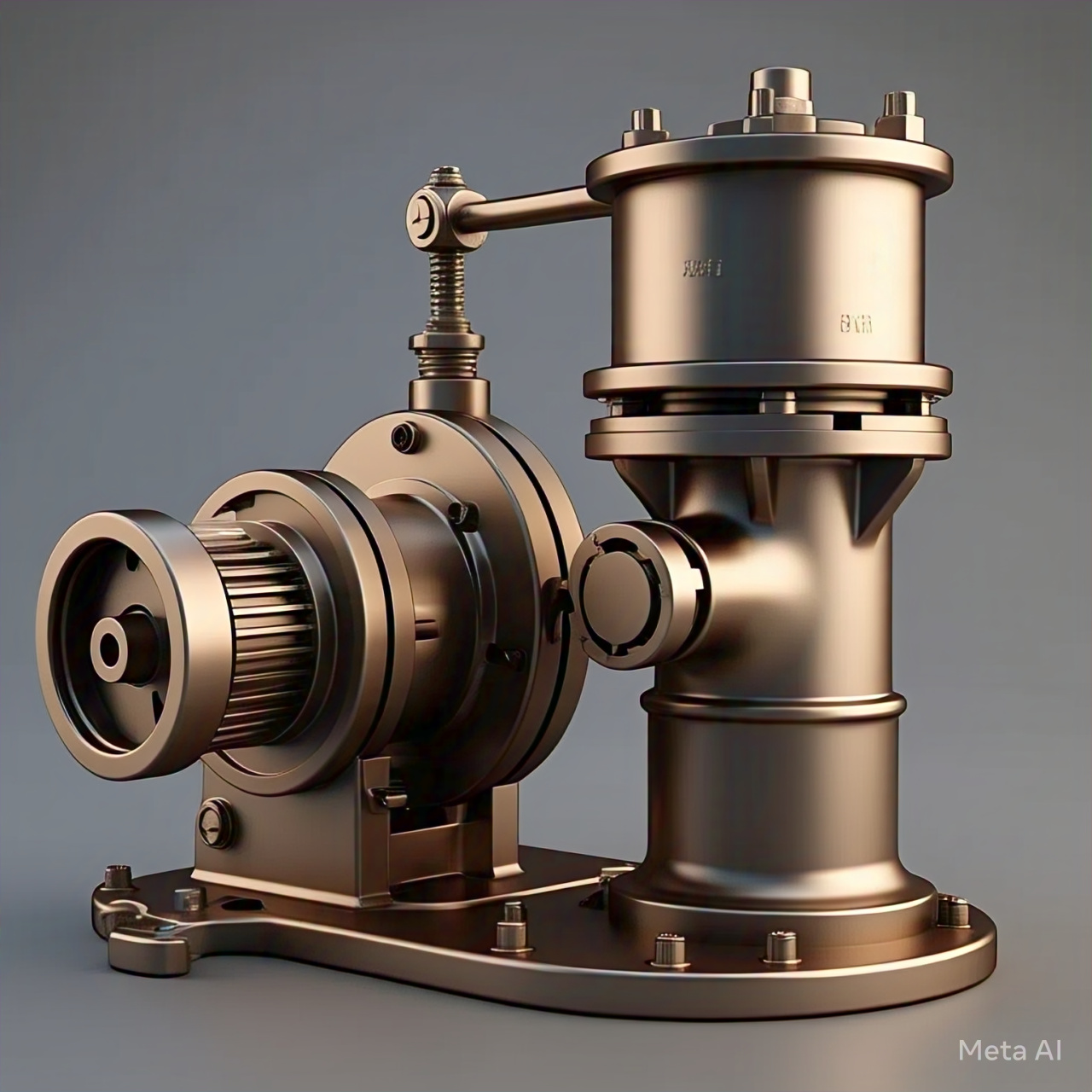Positive displacement pumps play a vital role across many industrial processes due to their unique operational mechanics and robust performance characteristics. To fully appreciate their benefits, it’s essential to understand how these pumps function, particularly in comparison to other pump types like centrifugal pumps.
How Positive Displacement Pumps Operate
Positive displacement pumps function by repeatedly enclosing a fixed volume of fluid, then mechanically displacing it from the inlet side to the outlet side. Unlike centrifugal pumps, which use kinetic energy generated by rotating impellers, positive displacement pumps move fluid using mechanical methods, typically via gears, pistons, or diaphragms.
Here’s a simplified step-by-step breakdown of their operation:
- Suction Phase: Fluid enters the pump chamber as the internal mechanism (such as a piston or gear) creates a vacuum by moving away from the inlet valve.
- Enclosure Phase: Once inside, the fluid becomes trapped within the pump’s cavity by closing the inlet valve or sealing mechanism.
- Discharge Phase: The trapped fluid is mechanically forced out of the chamber and through the outlet valve due to the reduction in the internal cavity volume.
Comparing Positive Displacement Pumps to Centrifugal Pumps
While centrifugal pumps rely heavily on rotational energy, making them ideal for high-flow, low-viscosity applications, positive displacement pumps excel in scenarios demanding consistent flow rates, higher pressures, and the handling of viscous fluids.
Key differences include:
- Flow Consistency: Positive displacement pumps deliver a steady, consistent flow, regardless of pressure, whereas centrifugal pumps can experience fluctuations.
- Pressure Capabilities: Positive displacement pumps handle high-pressure applications effectively, making them essential for hydraulic systems and fluid transfer under challenging conditions.
- Viscosity Handling: They can efficiently pump fluids of various viscosities, including highly viscous or abrasive substances, with minimal impact on performance.
Factors Affecting Performance and Efficiency
Several critical factors influence the effectiveness of positive displacement pumps:
- Viscosity: These pumps are particularly suitable for handling highly viscous fluids, maintaining efficiency where centrifugal pumps might struggle.
- Pressure and Flow Requirements: Positive displacement pumps consistently achieve higher pressures, ideal for applications requiring precise control and consistent fluid movement.
- Energy Efficiency: Although they may have higher initial energy demands, positive displacement pumps often demonstrate superior overall efficiency due to consistent performance and minimal losses in high-viscosity applications.
Conclusion
Positive displacement pumps offer unmatched reliability and performance in demanding industrial scenarios. Understanding their mechanics helps industry professionals choose the right equipment for applications requiring precision, high pressure, and the ability to handle diverse fluid viscosities.
For further information, technical specifications, and expert advice, explore detailed resources on Positive Displacement Pumps.







